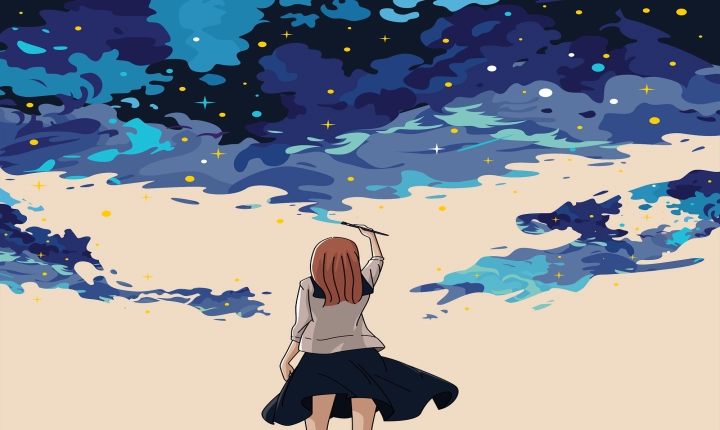Title: The Fascinating World of AI-Generated Photos
Artificial Intelligence (AI) has become an increasingly powerful tool in various fields, including the creation of photos. With the advancement of technology, AI can now generate realistic and high-quality images without human intervention. This has sparked a new wave of innovation and creativity in the realm of digital art and design. In this article, we will delve into the process of AI-generated photos and explore the potential impact of this technology on various industries.
The process of generating photos using AI involves the use of complex algorithms and neural networks. These algorithms are trained on a massive dataset of images, allowing them to learn and understand the patterns, colors, and structures present in visual content. This training enables AI systems to generate new, original images that possess realistic qualities, often indistinguishable from those captured by a human photographer.
One of the widely used techniques for creating AI-generated photos is Generative Adversarial Networks (GANs). GANs consist of two neural networks – a generator and a discriminator – that work in tandem to produce highly realistic images. The generator creates images from noise or random input, while the discriminator tries to distinguish between real and generated images. Through a process of competition and cooperation, GANs can produce images that are visually compelling and authentic.
The applications of AI-generated photos are diverse and promising. In the field of design and advertising, AI-generated visuals can be used to create compelling graphics and advertisements with minimal time and effort. Additionally, in the entertainment industry, AI-generated images can be utilized for special effects in movies and video games, adding a new layer of realism and creativity to visual storytelling.
Moreover, AI-generated photos have the potential to revolutionize the stock photography industry. With AI’s ability to produce authentic and diverse images, the need for costly and time-consuming photoshoots could diminish. This could lead to a more democratized and accessible pool of visual content for designers, marketers, and content creators.
However, the rise of AI-generated photos also raises ethical and legal considerations. The issue of copyright and ownership of AI-generated images is a complex and evolving area of law. Additionally, the potential for misuse or misrepresentation of AI-generated visuals is a concern that needs to be addressed as the technology continues to advance.
In conclusion, the emergence of AI-generated photos presents impressive capabilities and opportunities across various sectors. With its potential to streamline creative processes and revolutionize visual content creation, AI is set to transform the way we perceive and interact with images. As this technology continues to evolve, it will be crucial to strike a balance between innovation and responsibility, ensuring that AI-generated photos are used ethically and legally.
The future of AI-generated photos holds great promise, and it will be fascinating to witness how this technology will shape the visual landscape in the years to come.
